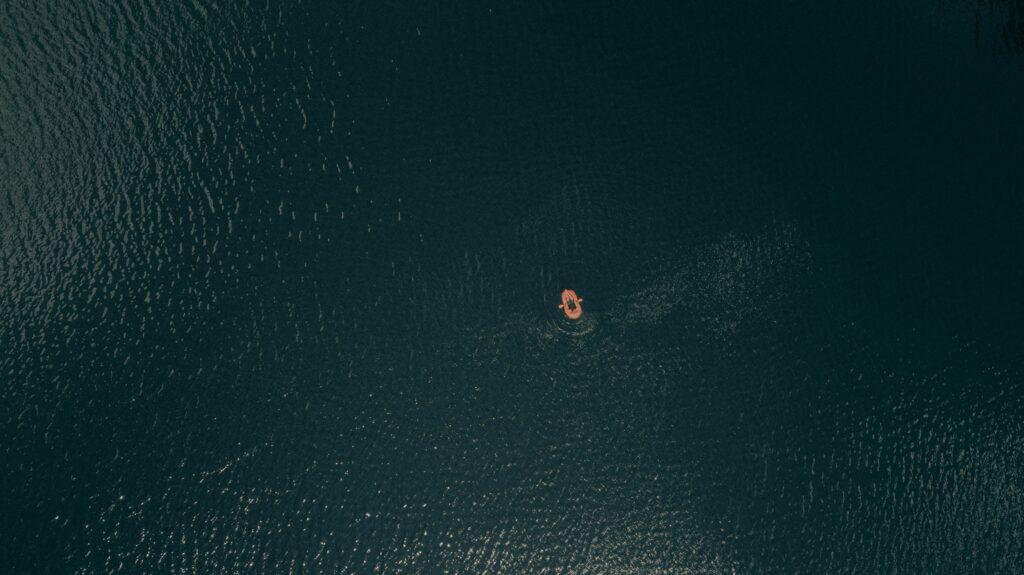
One look at the front page of any major newspaper — or most of our social media feeds, for that matter — will make you feel like the world is always in conflict. And to some degree, that’s true. As humans, we have the capacity to treat one another in horrible ways. But we can rise above that, can’t we? It’s a question humanity has asked again and again. And I’m sure we’ll continue trying to find the answer.
It seems we all need an enemy — better yet, a common enemy. But is that entirely true? Do we have to have something to fight against in order to thrive? Again, it’s a question we’ll probably continue to wrestle with forever.
As someone who is constantly helping individuals and teams work through conflict in many forms, I’m always on the lookout for new stories on the subject. And lo and behold, what should come across my newsfeed a few weeks back but this story about the Acali Raft Experiment.
Now, admittedly, it was a shamelessly click-baity YouTube thumbnail that piqued my curiosity. It was called a sex raft?!?
(You can watch the trailer for the much classier documentary, The Raft, below.)
But I was intrigued by a lot more than just the scandalous-sounding hook. I was interested in how human dynamics would play out in such a situation.
As the New Yorker sums it up, “a Mexican anthropologist named Santiago Genovés took up the cause [of making violence a serious subject of study]. A veteran of multiple long-distance rafting experiments (a thing in the nineteen-seventies, apparently), the fifty-year-old researcher devised an experiment fit for the extremities of the era. With four men and six women, he’d set sail on a boxy steel raft with no motor across the Atlantic Ocean, to better observe human conflict, which, he believed, was guaranteed to spark under these mind-bending conditions. On the raft, the nature of violence could be measured in the sterile confines of his floating behavioral laboratory.”
Genovés built a raft specifically for the experiment. It measured 12m by 7m (about 900 square feet). The disproportionate number of men to women (four men to six women) was intentional. And he gave all the “positions of power” on the boat to women. Everyone responsible for sailing the raft — the captain, the navigator, the experienced diver in charge of repairs, etc. — was a woman.
His theory was that if you put people on the boat for a month, drifting from Spain to Mexico, things would devolve into a sort of Lord of the Flies scenario — total chaos and violence. In selecting participants for the raft experiment, Genovés had in mind a primate study that suggested sexual tension would be the ultimate tipping point for creating violence. So Genovés chose a diverse group of people — a mix of races and nationalities — all intelligent, talented, and attractive. Frankly, he crammed a lot of stuff into one little boat, literally and figuratively.
On the surface, it was an interesting setup for studying human behavior. Genovés’s intentions were good. He was trying to figure out what causes violence in human beings. He thought that if we could determine the cause of conflict and violence, we could figure out how to counter that and diminish violence worldwide.
The trouble, in my humble opinion, is that he totally fucked it up. Why? He insisted on inserting himself into life on the raft. He couldn’t make himself invisible. He couldn’t merely observe. He kept messing with his experiment and rewriting the rules as he went.
Suffice to say Genovés’s methods were terrible. None of his “work” on the raft held up to scientific scrutiny. The experiment was so unscientifically executed that he was quickly debunked and widely criticized by the broader scientific community, so much so that even his “home institution, the National Autonomous University of Mexico, came to distance itself from its student, a fact he learned mid-voyage over a radio broadcast.” Ouch.
As ridiculous as it was, the raft experiment wasn’t a total failure. Spoiler alert: the participants on the raft experiment ended up becoming lifelong friends.
There’s a lot more to unpack here, but I’ll cover that in my next post.
In the meantime, consider whether you think we’re stronger with or without conflict? When we have a common enemy or when we all just get along (or so we think)?
Because what played out on the raft surprised and delighted me (and no doubt drove Genovés crazy). And I can’t wait to share more of that. Stay tuned for the follow-up next week!
Photo by Clay Banks on Unsplash
